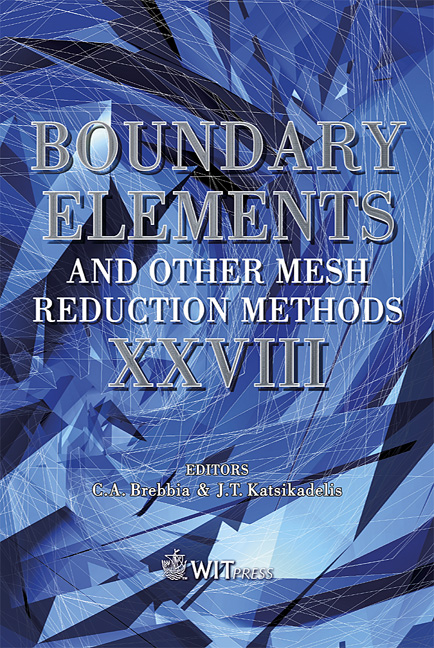Transformative Models In Reliability Assessment Of Structures
Price
Free (open access)
Transaction
Volume
42
Pages
10
Published
2006
Size
449 kb
Paper DOI
10.2495/BEM060261
Copyright
WIT Press
Author(s)
P. Brož
Abstract
In this paper, the relationship \“load-loading effects” of engineering structures from the standpoint of applied calculation models is investigated. These simulations, both theoretical and experimental, replace the actual construction and are expected to express its existing characteristics under the given load. They are used for the specification of the response of the structures from the angle of the reliability conditions in the groups of limit states of load-carrying capacity and serviceability. As an example of transformative simulations, the comprehensive methodology for determining the probability of fatigue failure for mixed-mode fatigue is presented. The loading is mixed-mode with randomness in the initial crack length, final crack length, initial crack angle, initial crack location, fatigue crack growth parameters, and the applied stress. The approach consists of calculating the reliability index that is applied to determine the first-order probability of collapse, by solving a constrained optimization problem. The helpfulness of the probabilistic approach for structural analysis is indicated, namely by employing perturbation procedures. Keywords: best guess, built-up beam, carrying resistance, crack path discretization, dynamic load factor, reference value, reliability index. 1 Introduction Transformation models change the loading into the response of an individual construction to the application of load. These structural versions have to represent, if applicable, the real construction. A choice of the model and the study of relevant random variables incorporated must reflect fabrication and
Keywords
best guess, built-up beam, carrying resistance, crack path discretization, dynamic load factor, reference value, reliability index.





